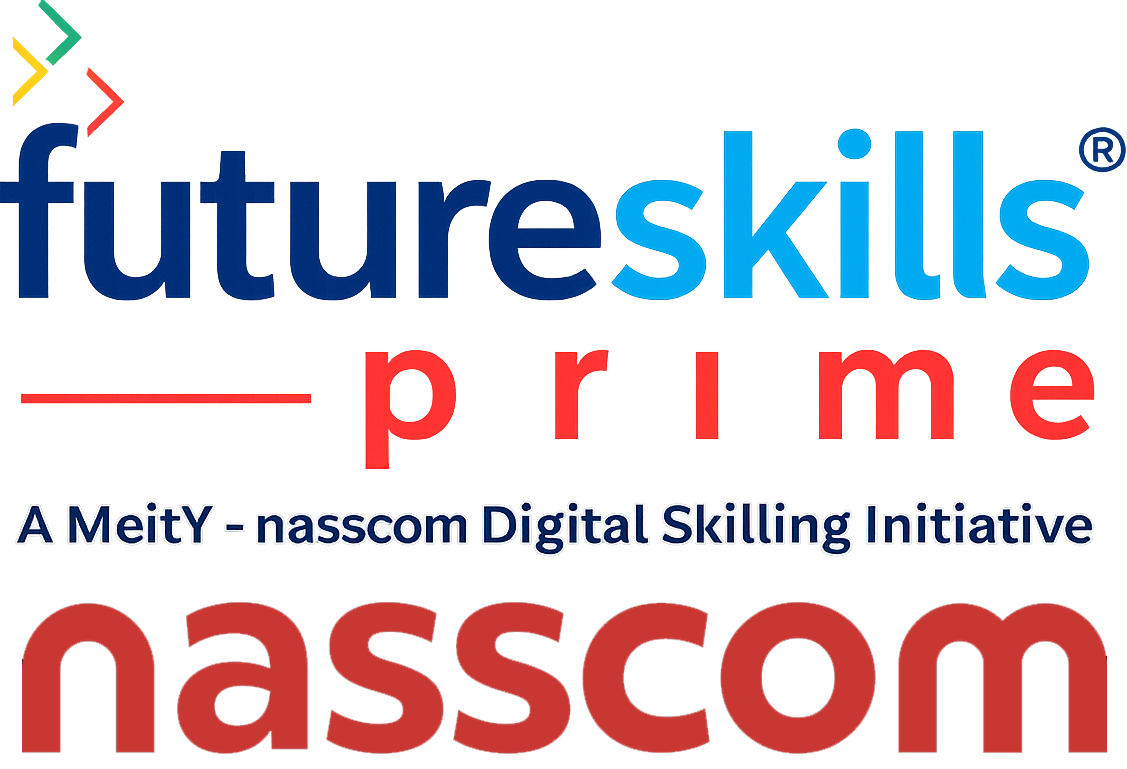In the realm of digital advancements, Data Analytics has become indispensable, reshaping business operations and decision-making processes. This pivotal field involves extracting, transforming, and analyzing vast amounts of data to reveal valuable insights and patterns. These insights serve as catalysts for refining business strategies, streamlining operations, and boosting overall performance.
Looking ahead to 2023, the landscape of Data Analytics appears promising, brimming with notable progress and opportunities. For those seeking to delve into this dynamic domain, embarking on a Data Analyst course in Pune could be a strategic step towards mastering these invaluable skills.
Introduction to Data Analytics
Data analytics is the process of examining data sets to draw conclusions and identify patterns or trends. It involves various techniques, such as statistical analysis, data mining, and predictive modeling, to extract valuable insights from raw data. By analyzing data, organizations gain a deeper understanding of their operations, customers, and market trends, enabling them to make data-driven decisions.
In today’s data-driven world, organizations that harness the power of data analytics gain a competitive advantage. Data analytics enables businesses to uncover hidden patterns, discover correlations, and gain actionable insights. By leveraging these insights, organizations can optimize their operations, improve customer experiences, and identify new growth opportunities. In a rapidly evolving business landscape, data analytics is essential for staying ahead of the competition.
Types of Data Analytics
Descriptive Analytics
Descriptive analytics focuses on understanding past events and gaining insights into what has happened. It involves summarizing historical data and generating reports, dashboards, and visualizations to provide a clear overview of the data. Descriptive analytics helps organizations identify trends, patterns, and anomalies in their data.
Diagnostic Analytics
Diagnostic analytics aims to answer the question of why something happened. It involves analyzing data to understand the root causes of certain events or outcomes. By investigating historical data and applying statistical techniques, organizations can uncover the factors influencing specific outcomes.
Predictive Analytics
Predictive analytics leverages historical data and statistical modeling to forecast future events or behaviors. It uses techniques such as regression analysis, time series forecasting, and machine learning algorithms to make predictions based on patterns and trends identified in historical data.
Prescriptive Analytics
Prescriptive analytics takes predictive analytics a step further by recommending actions or strategies to optimize outcomes. It considers various constraints, objectives, and scenarios to provide decision-makers with actionable insights and recommendations. Prescriptive analytics helps organizations make data-driven decisions that maximize their desired outcomes.
Applications of Data Analytics
Data analytics finds applications across various industries and functional areas. Here are some prominent examples:
Marketing and Customer Analytics
Data analytics plays a crucial role in understanding customer behavior, preferences, and purchase patterns. By analyzing customer data, organizations can personalize marketing campaigns, improve customer segmentation, and enhance overall customer experiences.
Financial Analytics
In the finance industry, data analytics helps detect fraud, assess risk, and make informed investment decisions. Financial institutions rely on data analytics to identify suspicious transactions, detect anomalies in market behavior, and optimize portfolio management strategies.
Operations and Supply Chain Analytics
Data analytics enables organizations to optimize their supply chain processes, improve inventory management, and enhance operational efficiency. By analyzing supply chain data, organizations can identify bottlenecks, reduce costs, and streamline operations.
Healthcare Analytics
In the healthcare sector, data analytics is used to improve patient outcomes, enhance disease management, and optimize resource allocation. By analyzing patient data and medical records, healthcare providers can identify early warning signs, predict disease progression, and personalize treatment plans.
Data Analytics Techniques and Tools
To effectively analyze data, organizations utilize various techniques and tools. Some common ones include:
Data Collection and Cleaning
Data analytics begins with collecting relevant data from multiple sources. Once collected, the data needs to be cleaned and transformed into a usable format. This process involves removing inconsistencies, errors, and duplicates to ensure data accuracy and reliability.
Data Visualization
Data visualization techniques help present data in a visually appealing and understandable manner. Visualizations, such as charts, graphs, and interactive dashboards, enable decision-makers to grasp complex information quickly and identify meaningful insights.
Machine Learning and AI
Machine learning algorithms and artificial intelligence are increasingly used in data analytics to uncover hidden patterns and make accurate predictions. These techniques enable organizations to automate repetitive tasks, detect anomalies, and generate intelligent recommendations.
Challenges in Data Analytics
While data analytics offers immense potential, it also presents certain challenges. Some common challenges include:
Data Quality: Ensuring the accuracy, completeness, and reliability of data used for analysis.
Data Privacy: Addressing concerns related to data security and privacy, especially with the increasing amount of personal data being collected.
Skilled Workforce: Acquiring and retaining skilled data analysts and data scientists who can effectively analyze data and derive meaningful insights.
Future Trends in Data Analytics
As we look ahead to 2023 and beyond, several trends are shaping the future of data analytics:
Big Data and IoT Integration
The integration of big data and the Internet of Things (IoT) is expected to generate vast amounts of data. Organizations will leverage this data to gain deeper insights, create more personalized experiences, and enhance operational efficiency.
Artificial Intelligence and Machine Learning Advancements
Advancements in artificial intelligence and machine learning will further automate data analytics processes and enable organizations to make more accurate predictions. AI-driven analytics tools will become more sophisticated, empowering businesses to uncover valuable insights.
Ethical Considerations and Data Privacy
With the growing concerns around data privacy and ethical data usage, organizations will need to prioritize transparency and accountability in their data analytics practices. Regulatory frameworks will evolve, placing greater emphasis on data protection and responsible data handling.
Conclusion
Data analytics has become an indispensable tool for organizations seeking to gain a competitive edge in the digital landscape. By effectively analyzing data, businesses can uncover valuable insights, make informed decisions, and drive innovation. As we move into 2023, the future of data analytics looks promising, with advancements in technology, increasing integration of big data and IoT, and a growing emphasis on ethical considerations. Organizations that embrace data analytics and leverage its potential stand to gain a significant advantage in the dynamic business environment.
Take the first step towards mastering data analytics with Ethans Tech – enroll in our Data Analyst course in Pune today!
Tags : Python Classes in Pune | Machine Learning Classes in Pune | RPA Classes in Pune | Devops Classes in Pune | Data Science Course in Pune | Data Analyst Course in Pune



